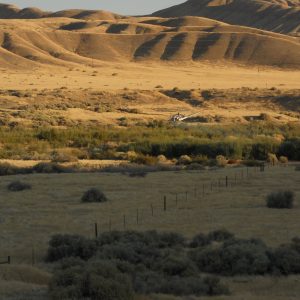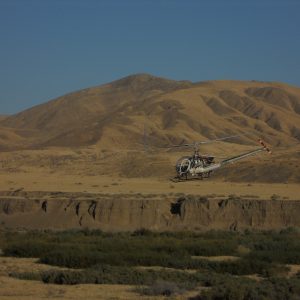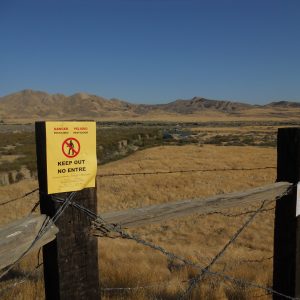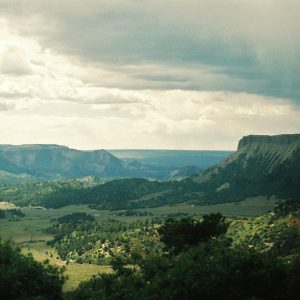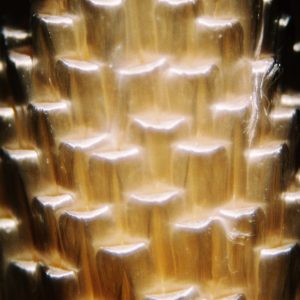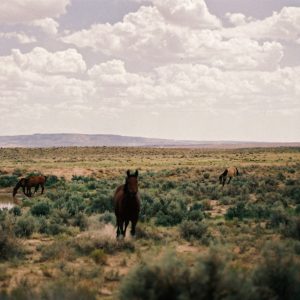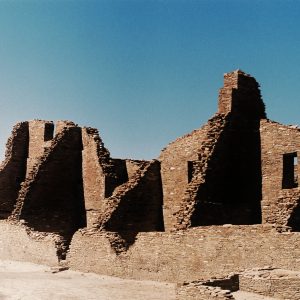I’m into the fourth month of my CLM internship and have just sent out the last of our seed to the Bend processing facility. Apart from seed collection I’ve been working on various weed control projects within our management area.
You might not consider weed control to be the most glamorous of our duties, but it is an important part of land management. Nationwide, invasive weeds in pastures and farmland cost an estimated $33 billion per year (Cal-IPC 2011). Noxious weeds have invaded 17 million acres of public rangelands in the West (Selected Noxious Weeds of Northeastern California 1998). These invasive plants crowd out both native and economically important species and significantly degrade wildlife habitat.
Here is a list of a couple of the little nasties I’ve been helping to eradicate from our management area: Centaurea solstitialis (yellow star thistle), Ditrichia graveolens (stinkwort), and Tamarix ramosissima (tamarisk).
Noxious weeds are managed using a combination of three approaches: manual/mechanical removal, biological control, and the use of herbicides. Usually the herbicide is applied using backpack sprayers but on rare occasions aerial spraying is implemented for large infestations.
Approximately 350 acres of public land (infested with tamarisk) was sprayed this September in the Panoche Hills of California’s Interior Coast Range. “This marks the first time that aerial herbicide application has been conducted on BLM land in California” (Dianna Brink, BLM California State Office Range and Weed Program lead). For more information check out the link below.
(http://www.blm.gov/ca/st/en/info/newsbytes/2011/500_extra-aerial_spraying.html)
It was pretty neat to watch from the ground. Hopefully this method will succeed where previous ground level treatments have failed.
- Bagged Yellow Star Thistle
- Weed Crew
- Grounded Chopper
- Panoche Creek
- Aerial Tamarisk Spraying
- Signage
-Aaron Thom
Hollister, CA Field Office




